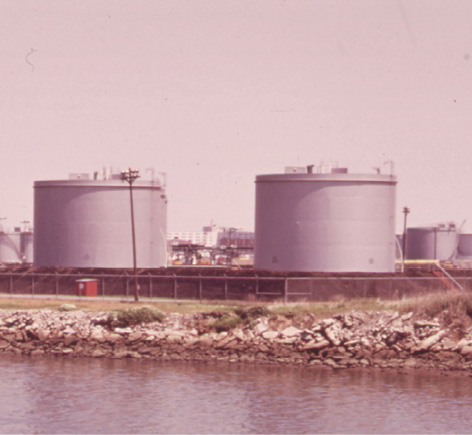CRC CARE is developing a National Remediation Framework (NRF) for remediating and managing contaminated sites. The NRF is designed to harmonise guidance and best practice in the remediation and management of contaminated sites in Australia, and builds on existing best practice and regulation.
This work is mandated by CRC CARE’s agreement with the Australian Government, and is being developed in consultation with governments, industry and experts. The NRF will complement the National Environment Protection (Assessment of Site Contamination) Measure, which deals only with the assessment of contaminated sites. The NRF will not be a legal instrument and therefore will not impinge on the policy and decision making of states and territories.
A harmonised national approach to remediation
A harmonised national approach for remediating and managing contaminated sites will support:
- a nationally consistent approach to managing contaminated sites
- ready transfer of best practice among jurisdictions
- use of national expertise across jurisdictions, thereby improving overall standards over time
- cost-efficiencies for remediation
- a common remediation language across jurisdictions
- training efficiencies, including the ability to ensure that all practitioners meet a recognised professional standard, improved workforce mobility and mutual recognition of skills, and improved recognition of the contaminated sites profession
- improved confidence and certainty.
In addition, the guidance will provide practical procedural guidance to people managing sites, and will educate and inform government, industry and the community about remediation issues.
The aims of the NRF are to:
- protect human health and the environment
- facilitate more effective and efficient remediation
- provide net community benefit (including through consideration of the broader economic context).
National Remediation Framework Steering Group
The NRF Steering Group provides strategic direction for the development of the framework. Its members have significant expertise in the remediation and management of contaminated sites, and include senior representatives from industry (the owners of contaminated sites and the consulting industry), auditors, state and territory environment protection agencies, and the wider community. Other sectors, such as Australian Government agencies, and the airport, planning and health sectors, are also represented.
Status of the framework
The NRF comprises 2 principal areas: philosophy and practice.
The philosophy component includes the agreed principles for the NRF, which are similar to those in the Inter-Governmental Agreement on the Environment, and to those specified in state and territory environment protection legislation. The principles are explained in more detail in Technical Reports 22, 27 and 28, which are part of a series of background reports.
The practice component harmonises existing guidance, and documents current Australian practice. A modular approach (comprising topic-specific guidelines) has been adopted to allow the NRF to be updated as circumstances require. Twenty-six draft guidelines can be grouped under three headings:
- development of remediation action plans
- implementation of remediation action plans
- post-remediation considerations.
As draft guidelines are developed and approved for consultation, they are circulated to governments and industry for comment, and posted on the CRC CARE website to enable a broader audience to access them. It is expected that stakeholder feedback will improve the utility of the documentation. Stakeholders include industry (eg site owners, consultants and auditors, financial and planning sectors), regulators and the public.
View the draft guidelines released for public consultation.
Adopting the framework
Wide acceptance of the NRF depends on:
- employing credible expertise in its development
- involving stakeholders through the NRF Steering Group and through consultation on draft documents
- meeting the needs of practitioners and site owners
- ensuring alignment with the objectives and requirements of regulatory agencies.
With the above perspectives in mind, chief executive officers of the government regulatory agencies that oversee environmental protection will be approached to endorse the NRF.
Future work
A 12-month project for compiling and editing the NRF started in December 2016 to prepare the complete NRF for final consultation. This project includes addressing feedback from consultations, ensuring consistency across guidelines (eg terminology), cross-linking to the NEPM and within the NRF, and inserting user-friendly flow charts. This project will assist the Steering Group to finalise the structure of the complete framework package, to prepare it for final consultation in early 2018.
